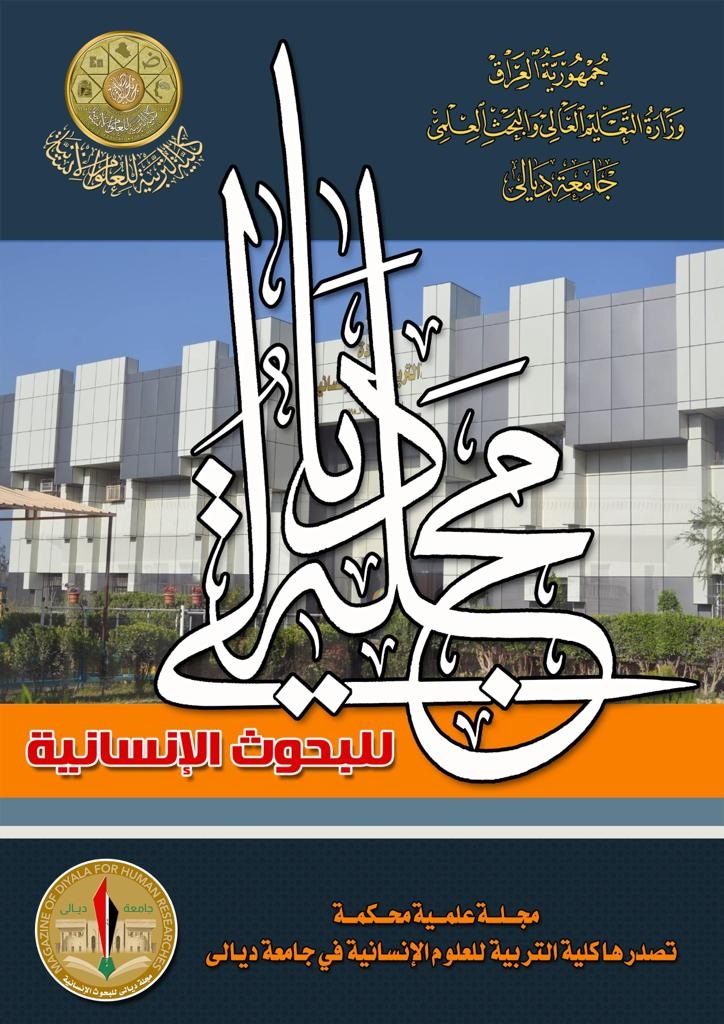A Critical Discourse Analysis of Misrepresentation in Selected Trump's Speeches
Main Article Content
Abstract
Despite the fact that misrepresenting the truth has negative consequences, the majority of politicians today do so. But there are benefits to this as well. Since incorrect information may influence people's thinking long after the public learns that a particular piece of information is wrong, politicians occasionally seek to create false perceptions about their opponents. Obtaining public support for politicians' agendas is another benefit of political misrepresentation. The study's hypothesis is that by implementing the ideology of the positive self, Biden takes the advantage of misrepresentation.The current study looks at misrepresentation in Trump's political speeches from the standpoint of critical discourse analysis. The study's hypothesis is that Trump's misrepresentation mainly relies on language components to convey his objective.Trump's misrepresentation is positive at the macrostructure level and negative at the microstructure level. Trump has used these misrepresentations in a positive ideological manner in his political speeches. Two different sorts of procedures have been used to accomplish the study's goal and validate its hypothesis: theoretical and practical one. The theoretical section includes an overview of the misrepresentation and general idea about political discourse. However, the practical component mostly uses Van Dijk (1988, 1995) model to analyze three data points being made by Trump. The study's premise was supported by the analysis's findings, which showed that Trump's speeches positively convey misrepresentation.
